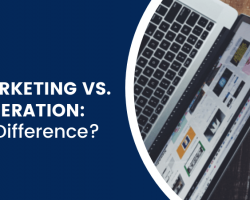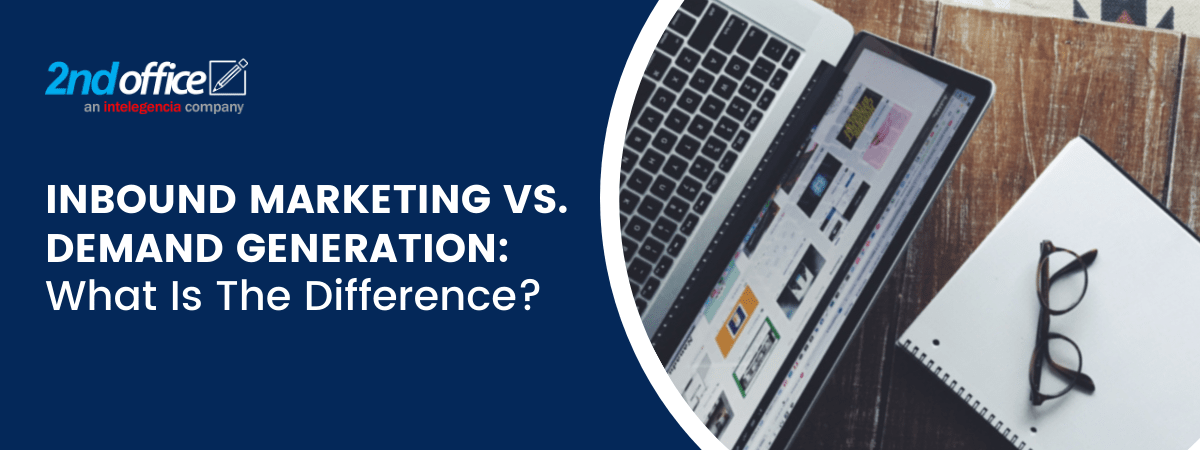
If you’re a marketing professional in the business industry, you’ve probably heard of “inbound marketing” and “demand generation.” Often interchanged, these two terms are all about reaching new customers and building brand awareness.
In theory and practice
By definition, inbound marketing and demand generation are entirely different. In practice, there’s a close contrast between the two as well.
Inbound marketing is all about making sure that your business is visible to your target market when they express their pain points. It’s a component of demand generation, which is an umbrella term for customer acquisition initiatives for driving brand awareness.
Demand generation
Demand generation refers to targeted marketing programs for reaching new markets throughout the conversion optimization and sales cycles. It doesn’t end at purchase; instead, it’s all about nurturing customer relationships to build loyalty. Typically, demand generation is used for sales-driven goals.
Some common demand generation tools are direct email marketing, native advertising, webinars, and of course, inbound marketing.
More than customer acquisition, demand generation also allows different company teams to work together with clear communication.
Inbound marketing
Inbound marketing is a specific approach that’s marketplace-centered, as opposed to sales-driven strategies. These tactics play on social platforms like Facebook or Instagram to publish content and attract visitors.
Organic traffic is a priority for this type of demand generation tool because it prioritizes sharing relevant content to entice customers and guide them throughout the sales journey.
Inbound marketing can be quite tricky, but the benefits more than make up for the effort a company can put into it.
- Inbound marketing doesn’t push customers to make a purchase. It allows its visitors to explore the brand and decide on their own.
- Inbound marketing appeals to an audience that’s more likely to purchase because of existing interest.
- Inbound marketing promises a higher ROI because it makes use of free platforms.
Tying both together
With inbound marketing, demand generation can churn better results because of the way the business promotes its products or services. More than sales pitches and spammy cold emails, quality content is key to creating customers out of visitors. Proper inbound marketing brings people’s attention without putting pressure on leads – which, in the long run, helps companies foster better relationships with its clients or customers.

